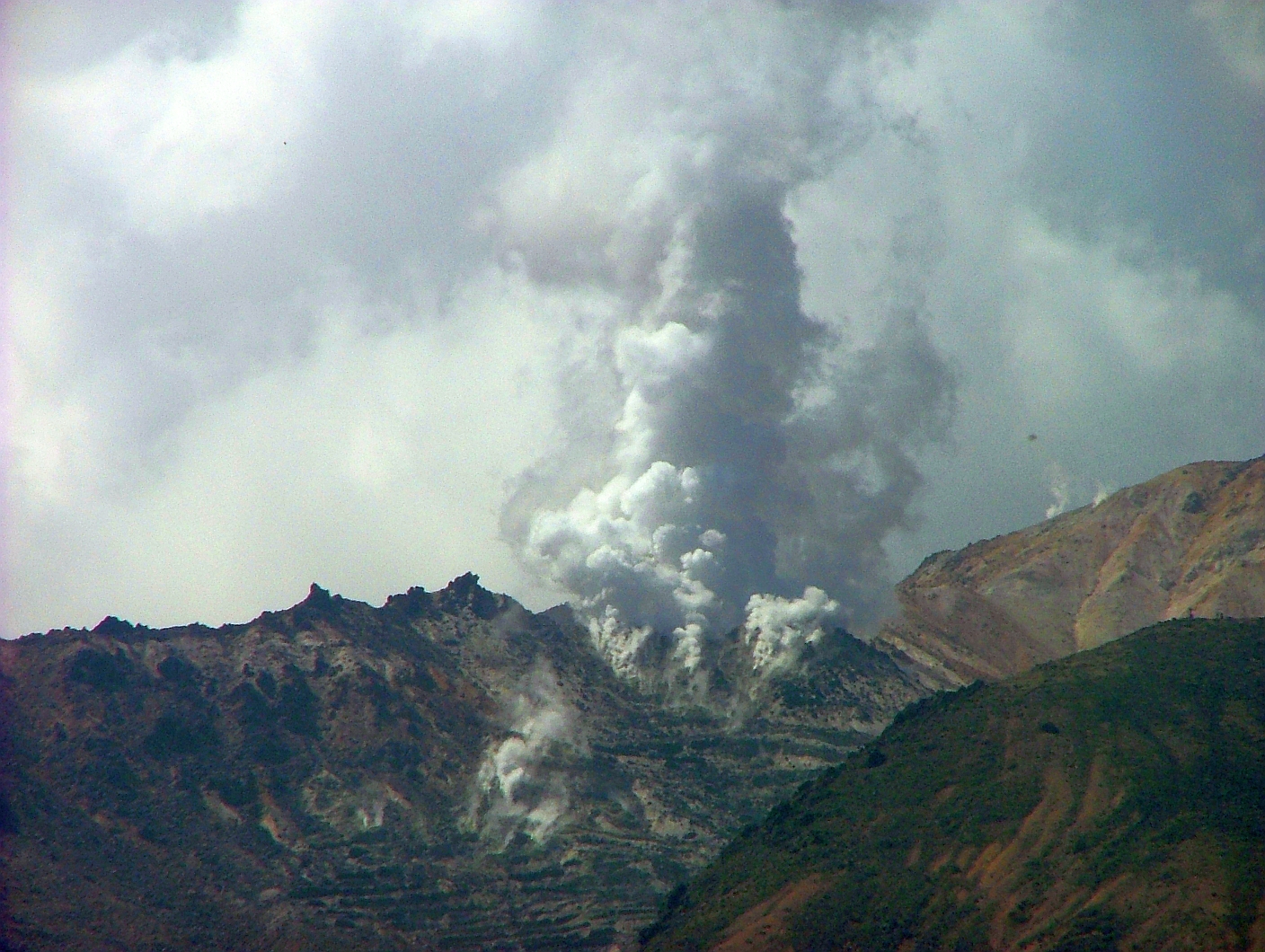What is Volcano Tourism?
Volcano tourism involves the exploration, observation and study of active volcanic and hydrothermal processes and landforms. Volcano tourism also includes visits to dormant and extinct volcanic regions, where remnant features of activity attract visitors with an interest in their geologic heritage.
 - Glasshouse Mts, OZ.jpg?1692573418093)
Why are Volcanoes across the World so Popular?
Over the last two decades, Volcano Tourism has emerged as an important sector of the tourism industry despite volcanic activity regularly proving a range of considerable hazards for visitors.
All over the world, volcanoes are in various states of activity. Some erupt violently for a very short time like Semeru in Indonesia, causing catastrophic conditions for the surrounding regions and the people living in close vicinity.
Others, like Hawaiian or some Icelandic volcanoes, erupt more quietly but attract visitors from near and far to observe the glowing lava flows and fire fountains.
In the year 2021, two particularly active volcanoes made the headlines for many months.
The long-lasting strombolian fissure eruptions of Cumbre Vieja (19 Sept to 13 Dec 2021) on La Palma, one of the Canary Islands, and the Geldingadalur fissure vent south of Fagradalsfjall (19 Mar to 18 Sept 2021) in Iceland have generated a greater awareness for volcanic activity as well as an abundance of news on a daily basis.
While these two eruptive events did not cause any fatalities, a year earlier, in December 2019, the volcanic island Whakaari (White Island) in New Zealand erupted unexpectedly with 22 people losing their lives during and following the tragic events. The survivors suffered catastrophic injuries and to date, most of them are still forced to receive medical treatment.
Having visited Whakaari/White Island several years ago, from personal experience my conclusion was that this volcanic island should never have been a tourist destination for daily walking tours. I left Whakaari with the strong feeling that it was only a matter of time before something would happen eventually.
But without any serious accidents happening for several decades might have led to a false sense of security. Nevertheless, an eruption at a raised volcano alert level (VAL 2) was a definite possibility and should have been expected and volcano tours should have ceased as visitor safety could not be guaranteed.
Viewing platform on the crater rim of Mount Aso (Kyushu, Japan).
 - Aso.jpg?1692573400455)
All images: © P Erfurt
 - Unzen.png?1692573400653)
